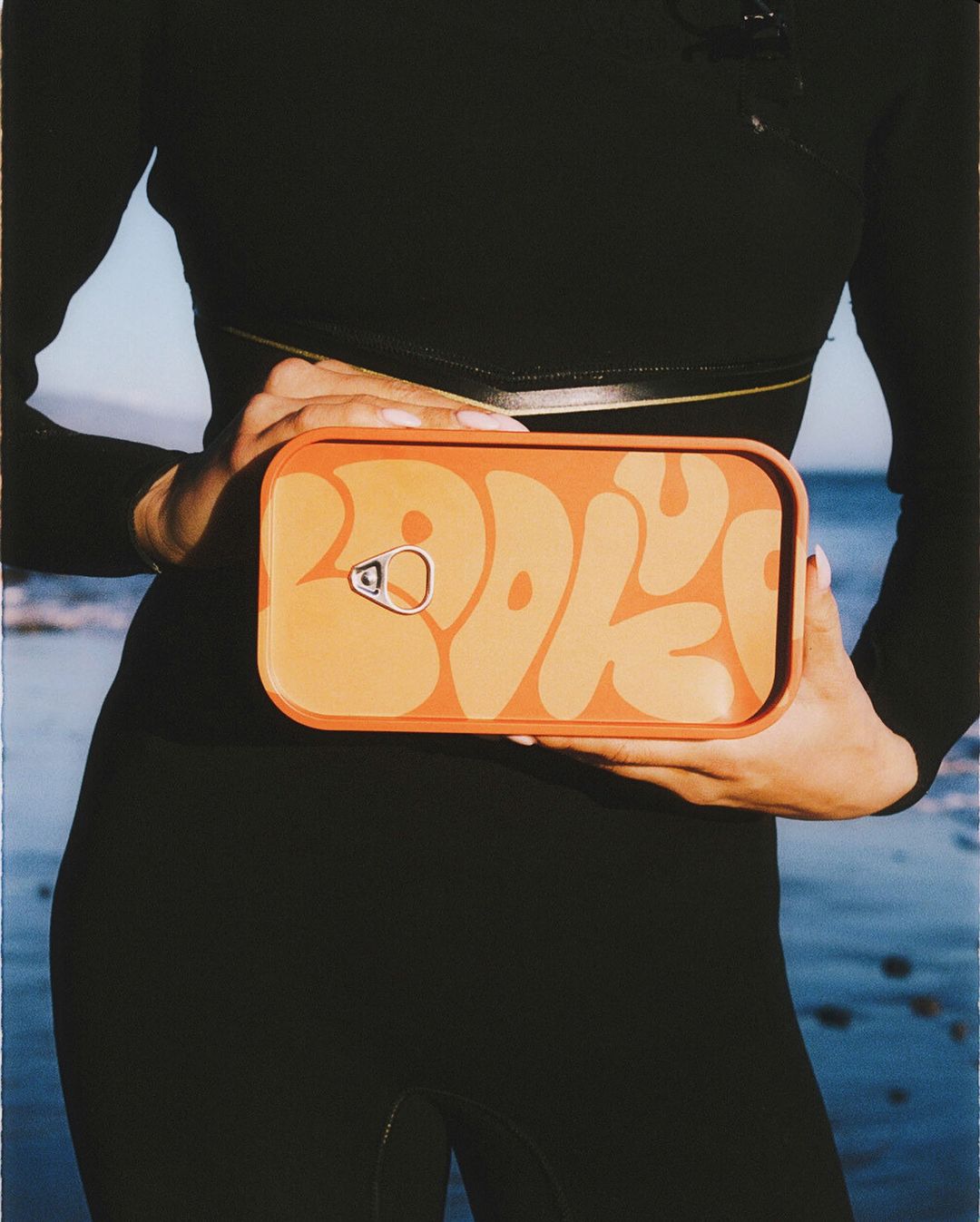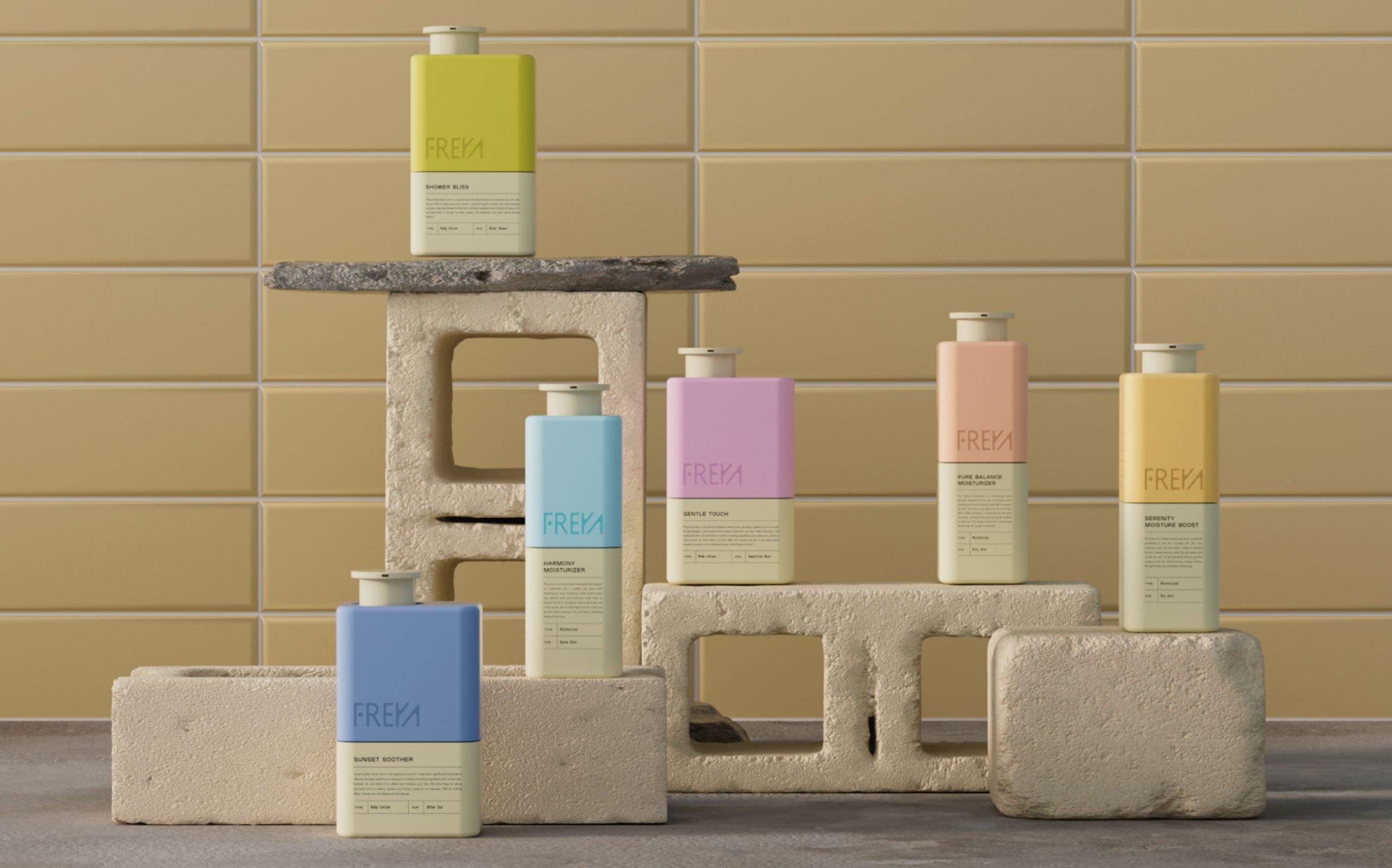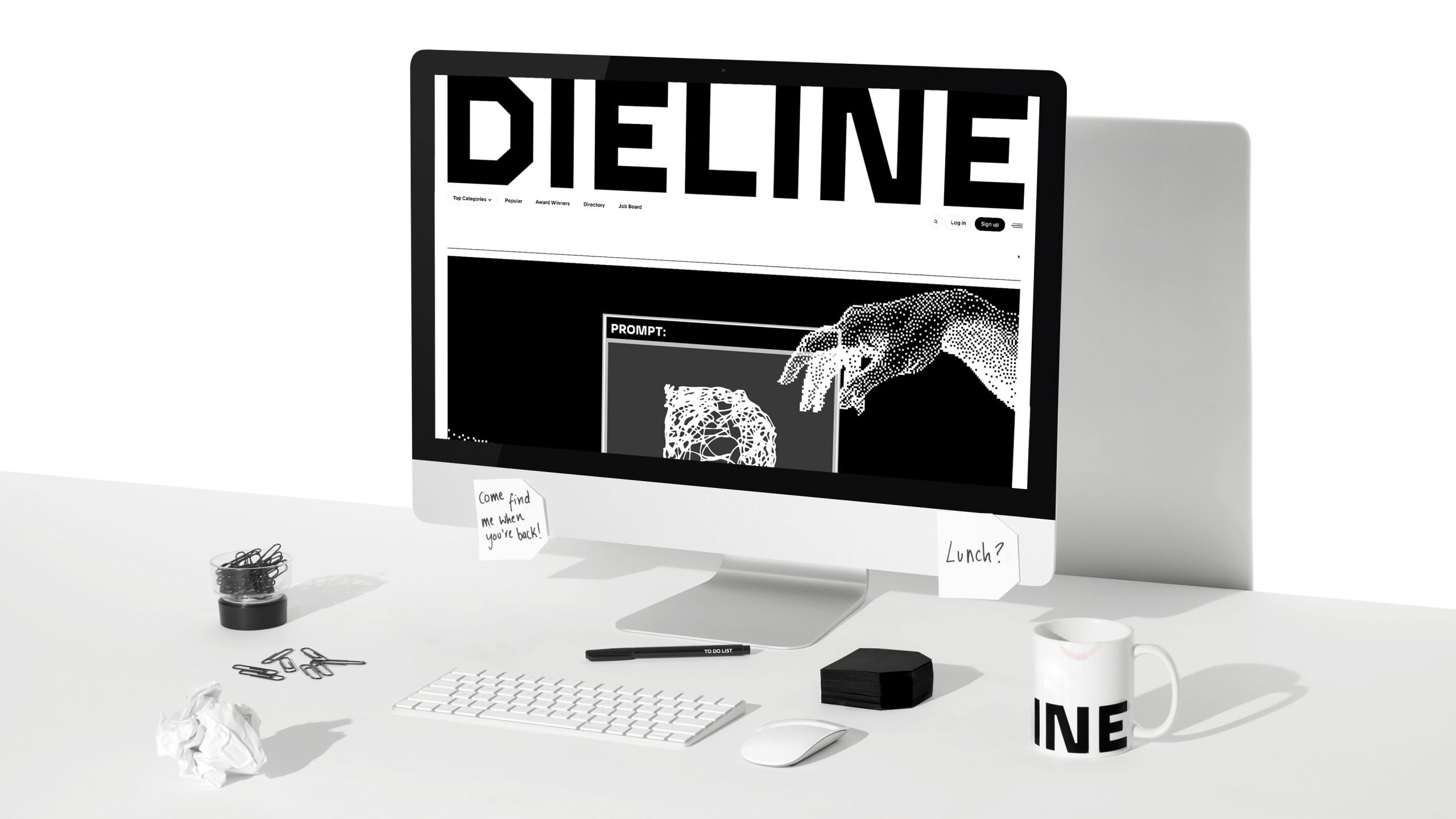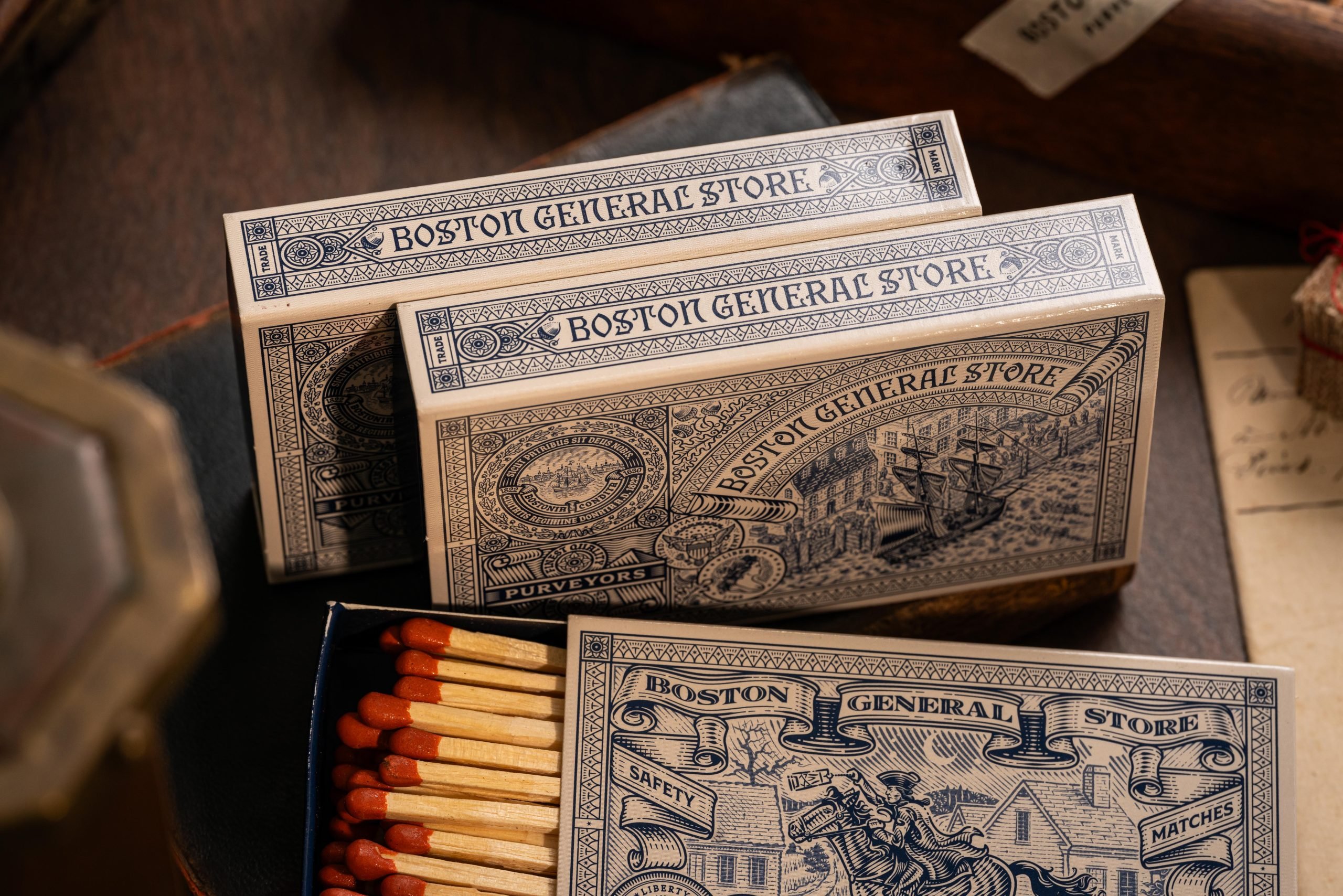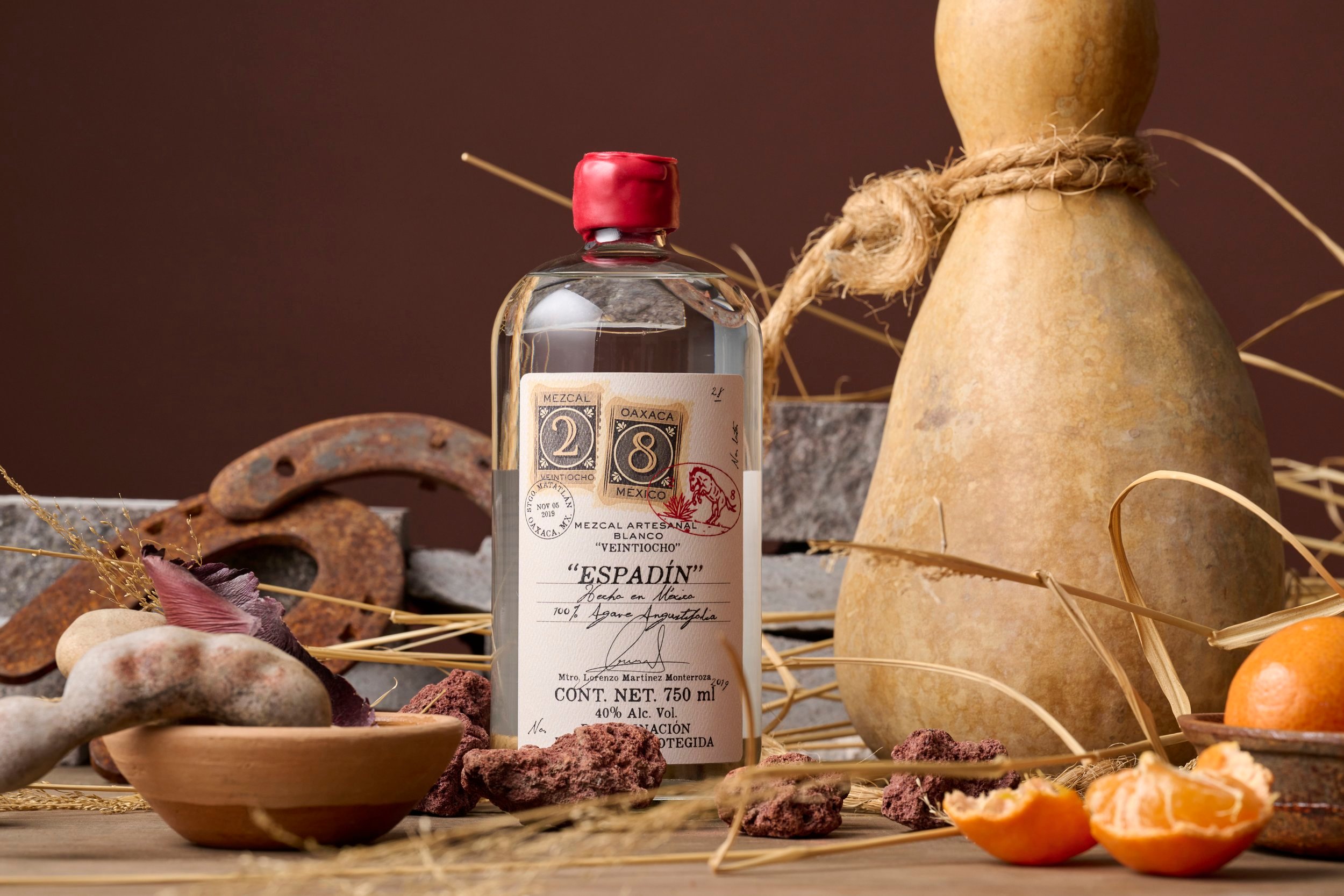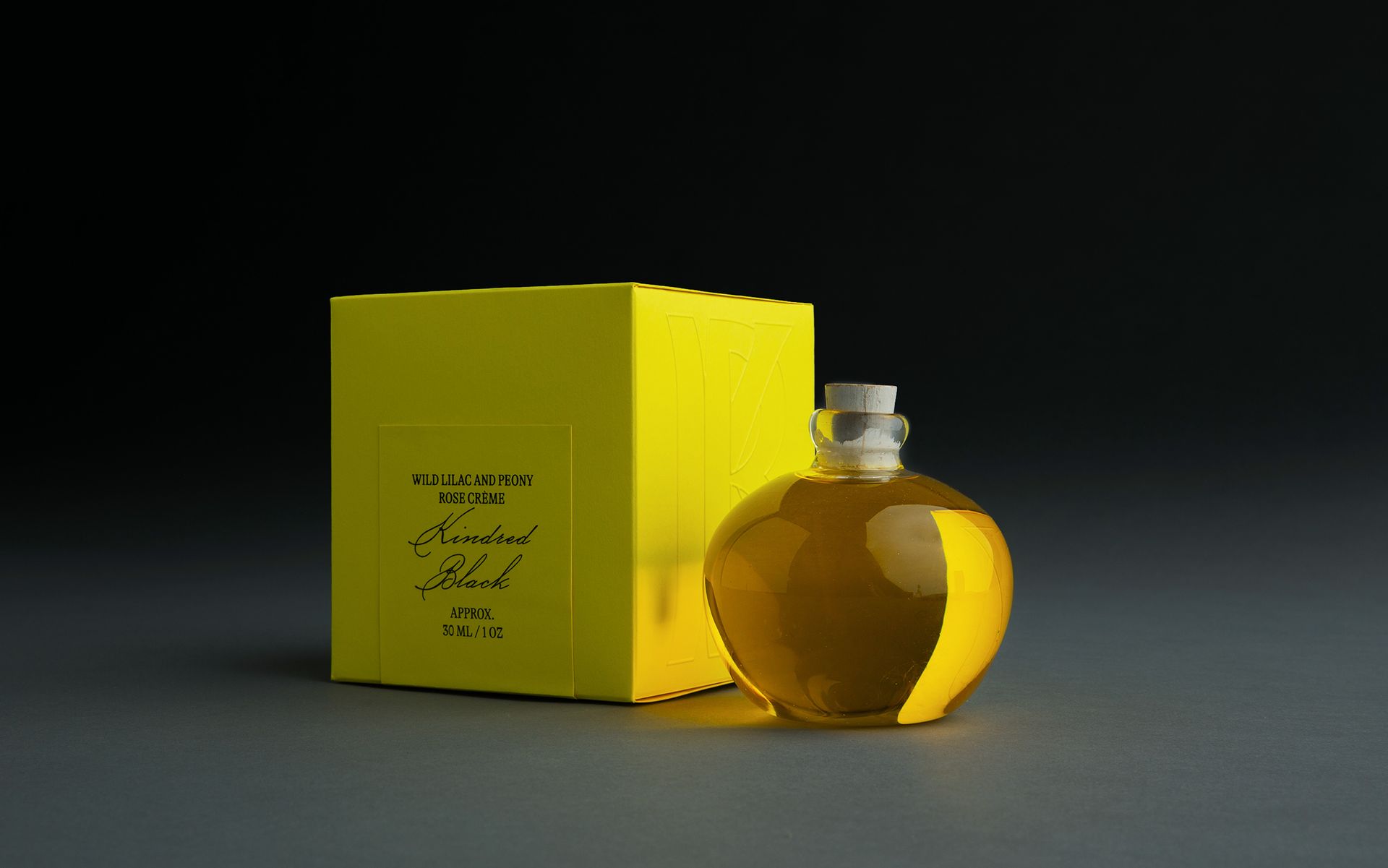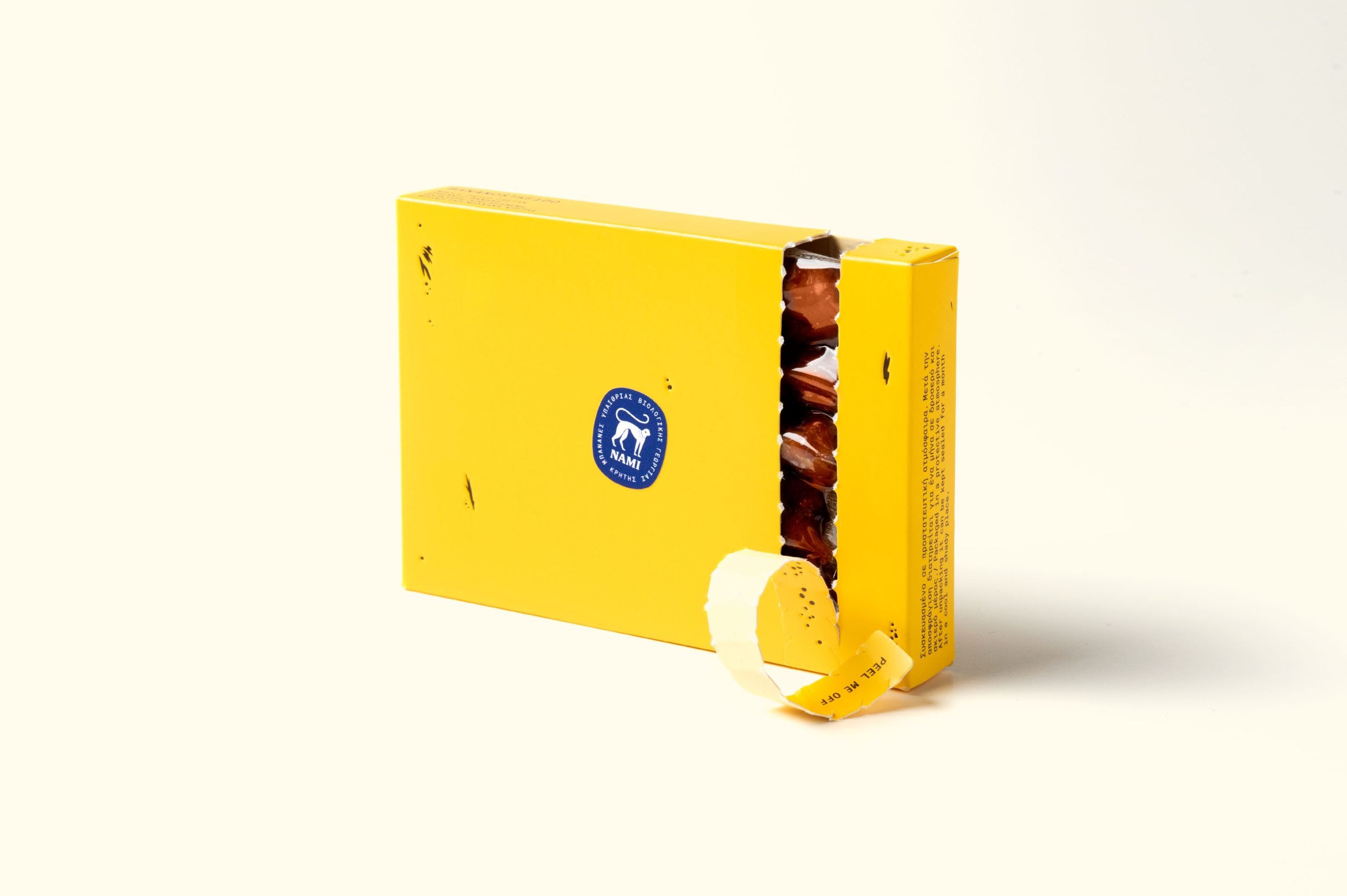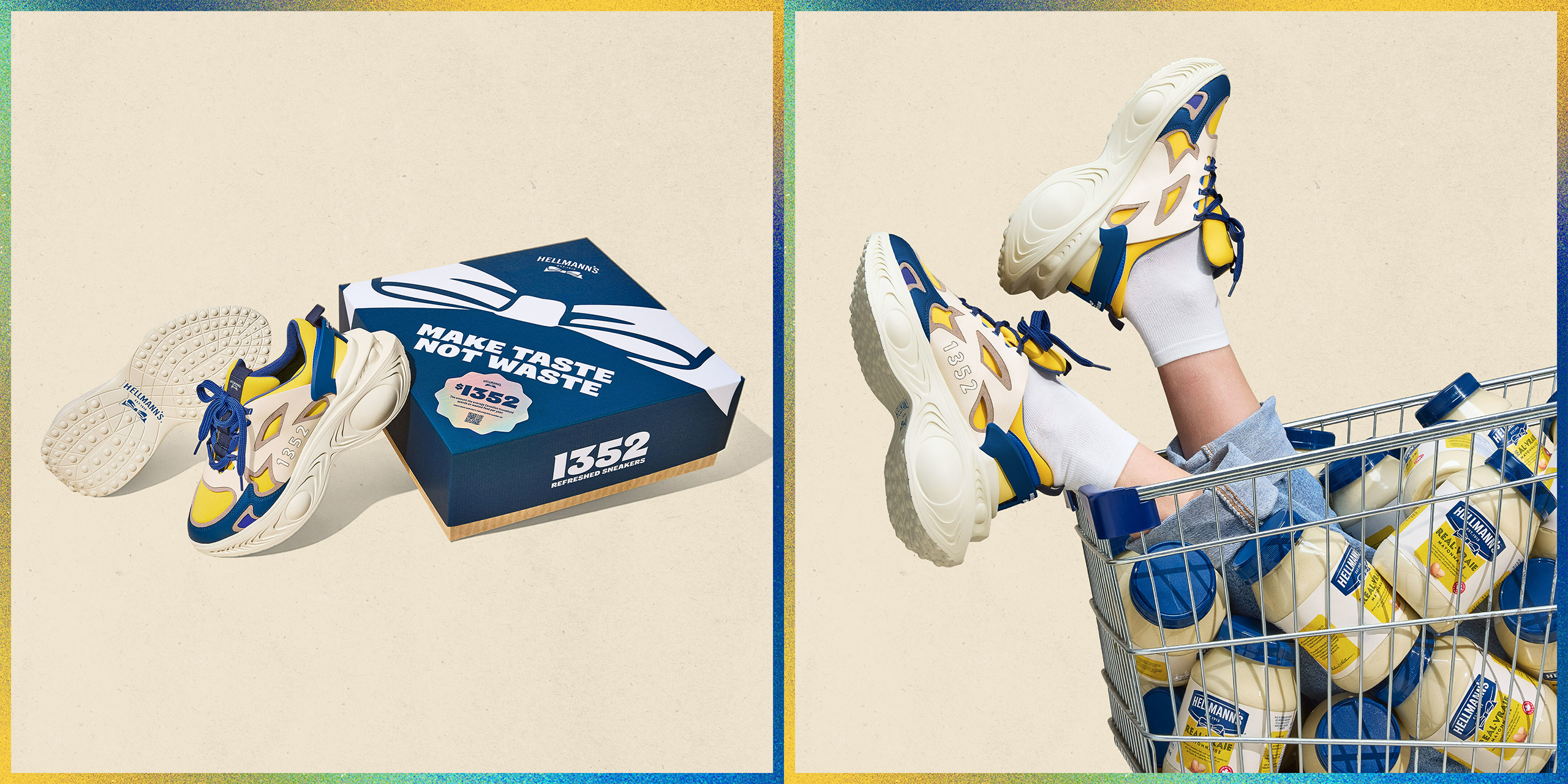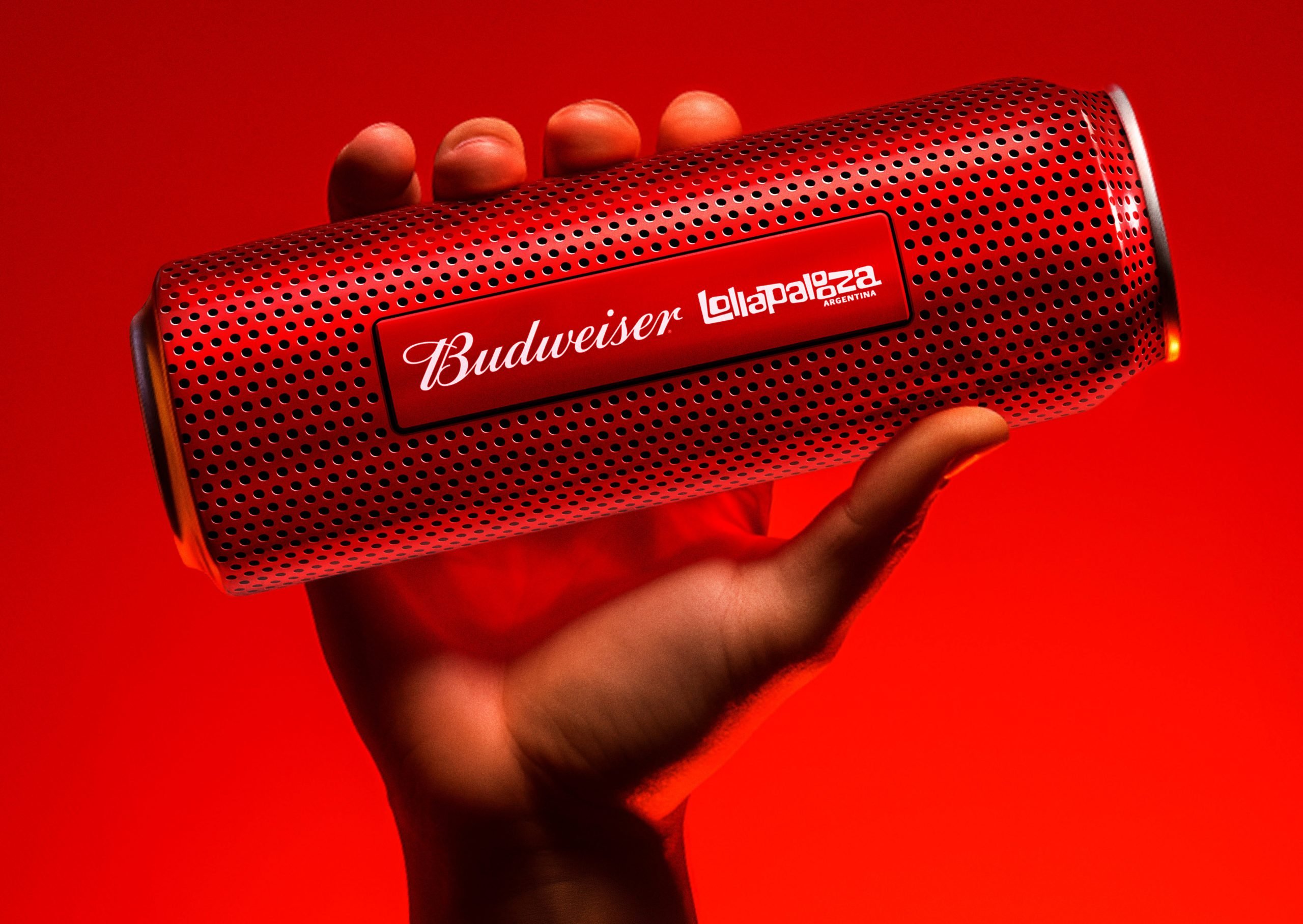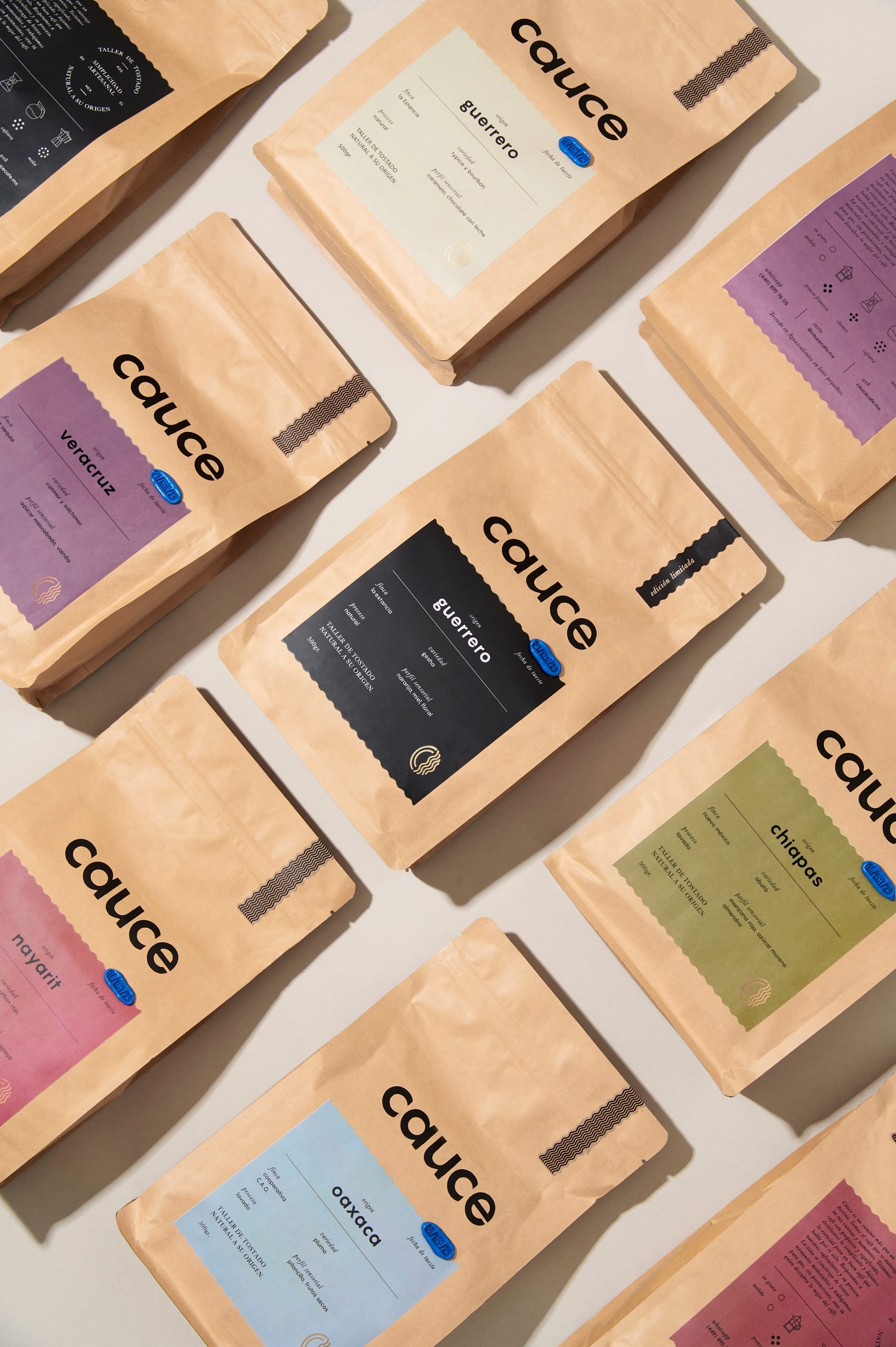Marijuana isn’t just for smoking anymore—it’s become a hot industry that has now extended into categories like Beauty & Health, Beverages, Spirits & Liquor and more. Medical marijuana sales are projected to grow from $4.7 billion in 2016 to $13.3 billion in 2020, so for the Spring 2017 Packaging Design class at ArtCenter, The Dieline’s Founder Andrew Gibbs and Partner Jessica Deseo wanted their students to take on this booming industry. We spoke with them to learn a little more about what their students designed and what it might mean for the future of cannabis.
Jessica: After the passing of Proposition 64 in California we thought the project would be truly relevant to today’s market. We’ve also seen a surge of new cannabis products launching with some amazing product and packaging. It is a booming new industry that is ripe for innovation. The packaging now is nothing like it use to be with brands like KIVA, AYA, and Bloom Farms that have elevated the category. We wanted the students to design their own brand and products with the new California regulations in mind.
Andrew: We also thought it would be fascinating to see what our students would come up with in a category that is essentially brand new, with no defined standards as far as packaging and branding. The project was not only to design the packaging but to conceptualize an entire brand, the products, packaging and branding, as well as an art/photography direction.
